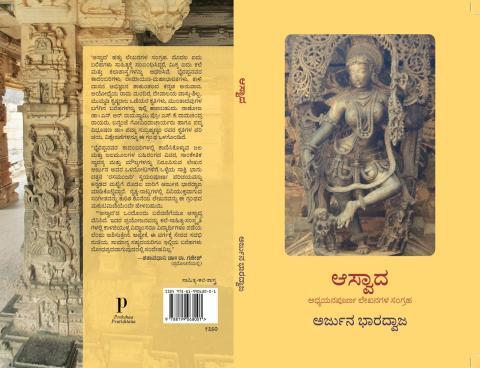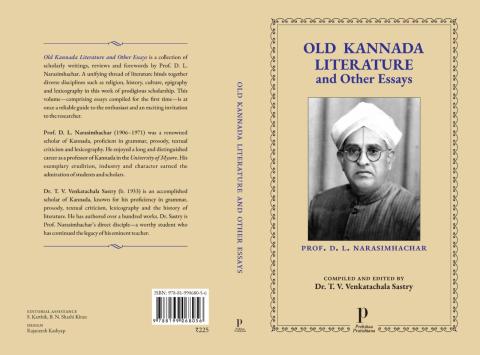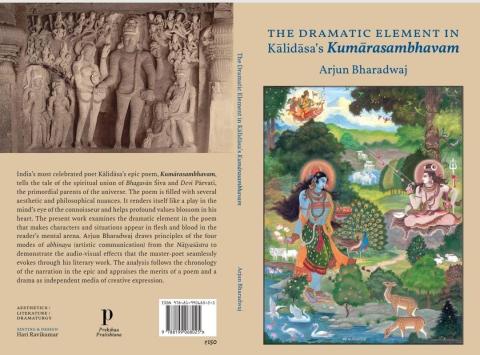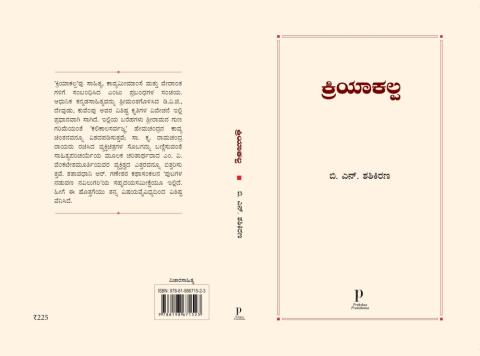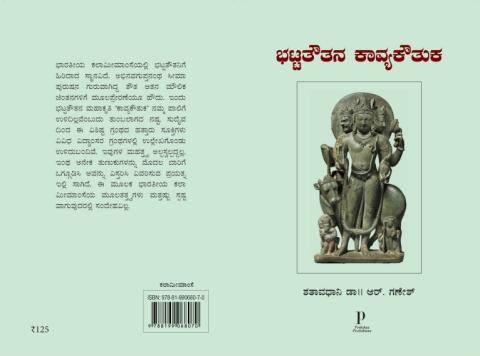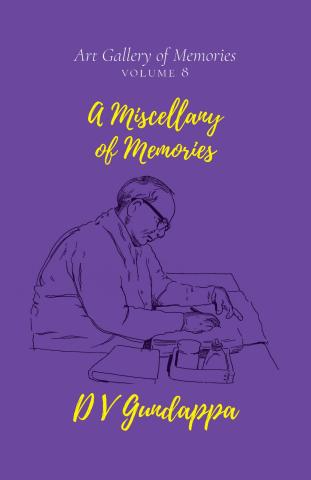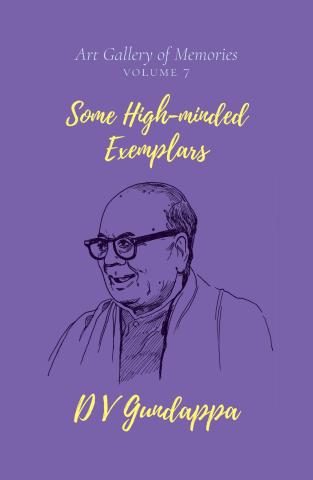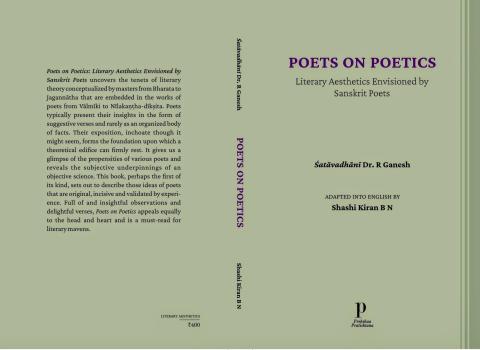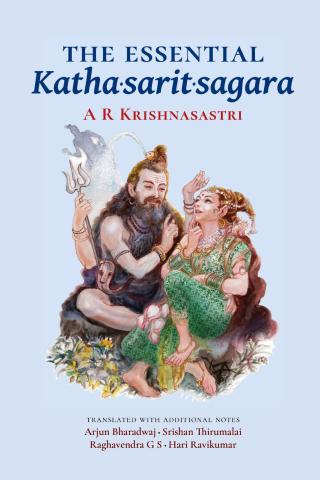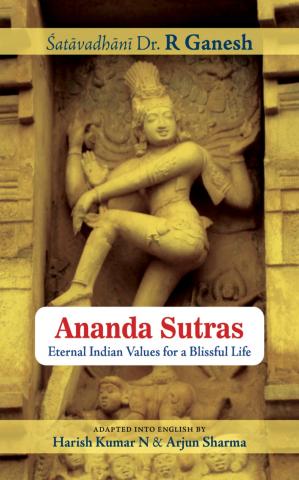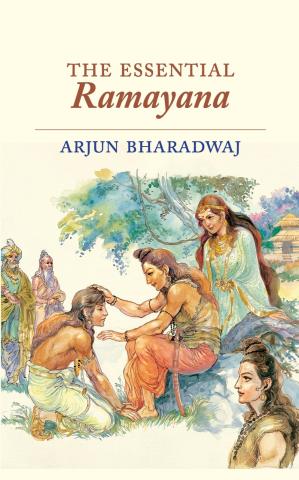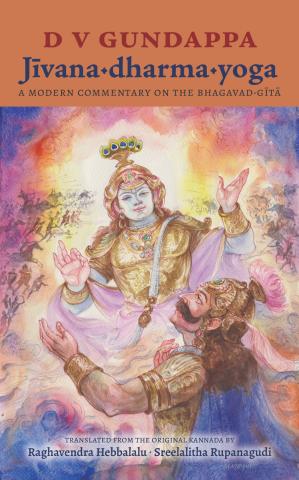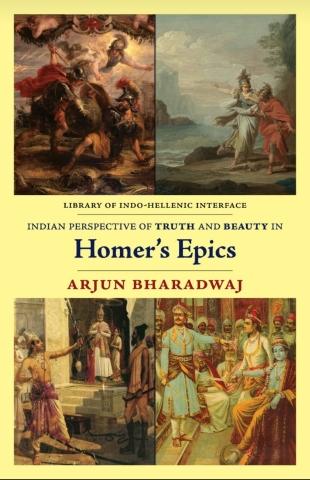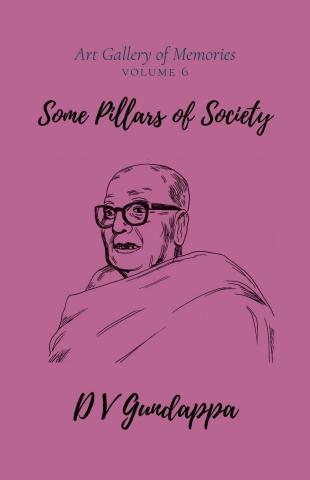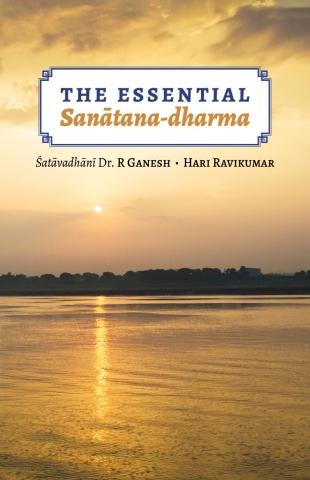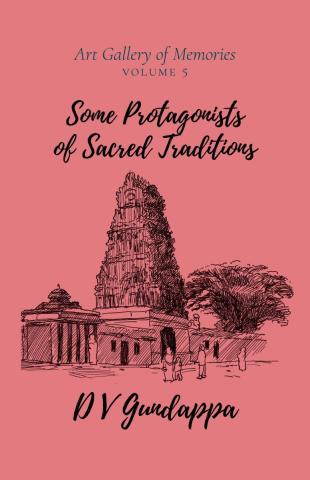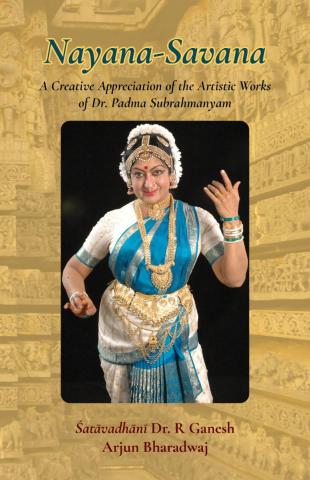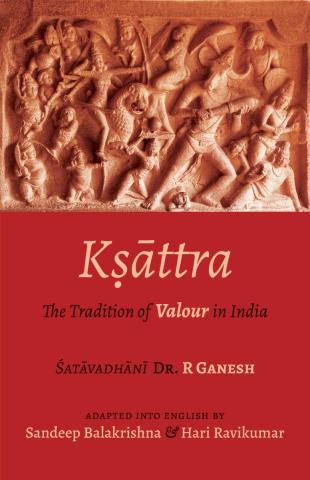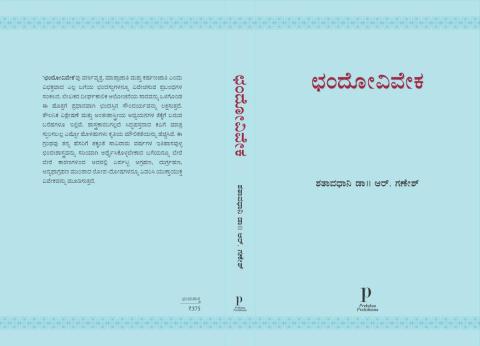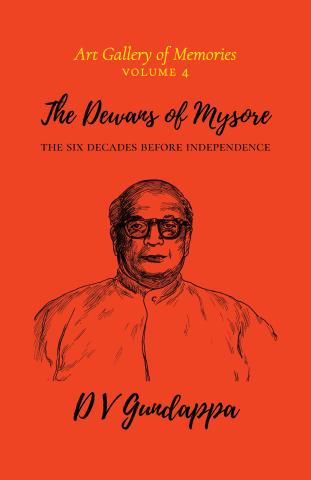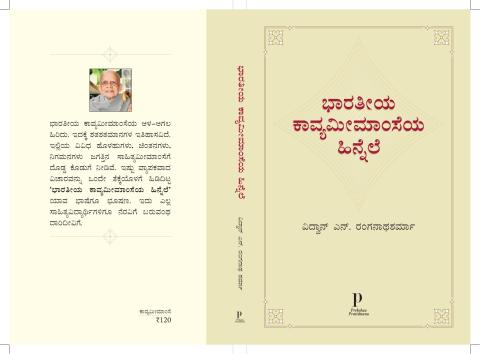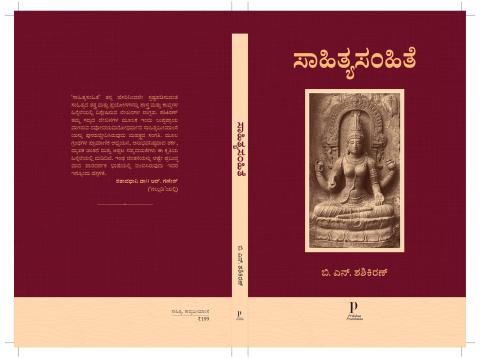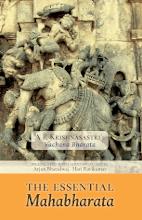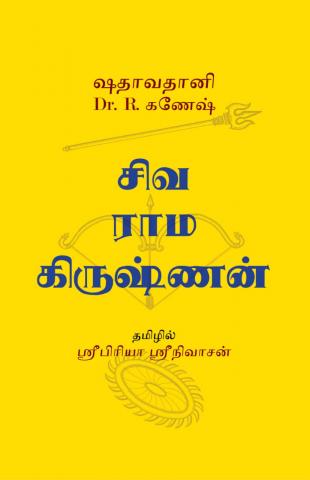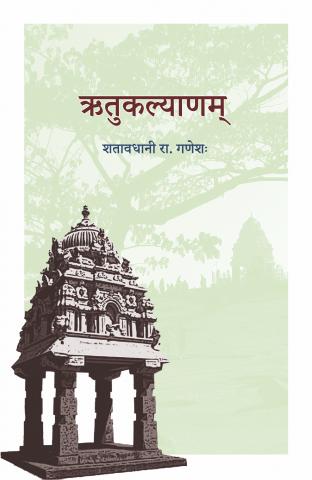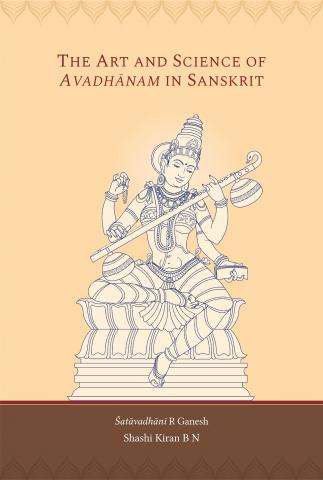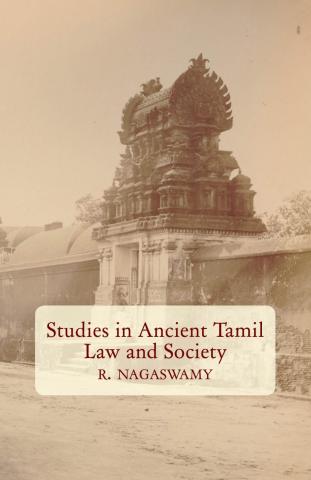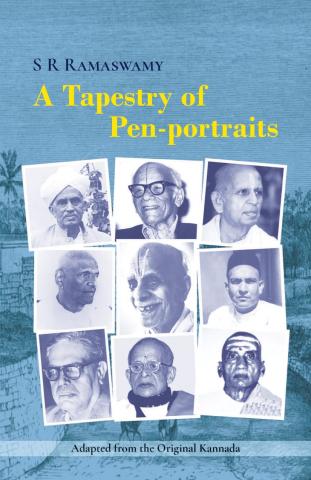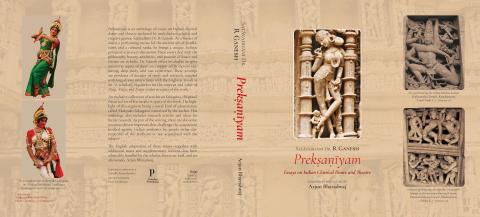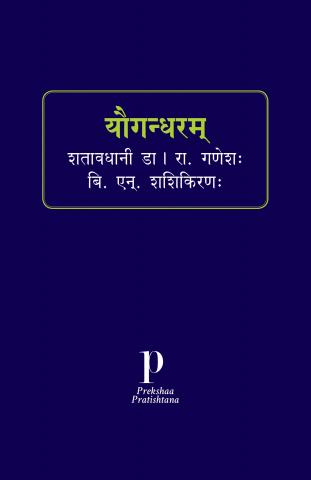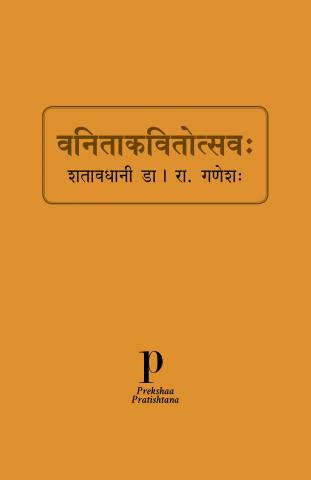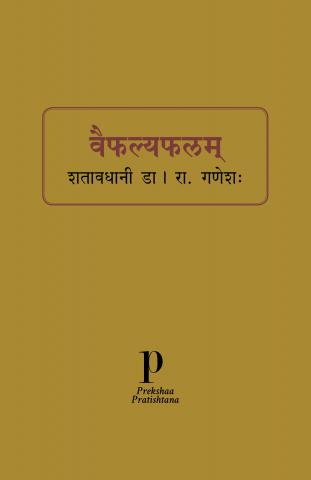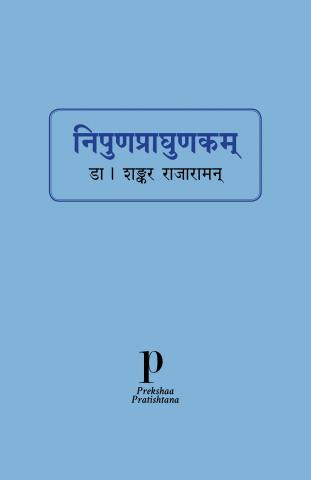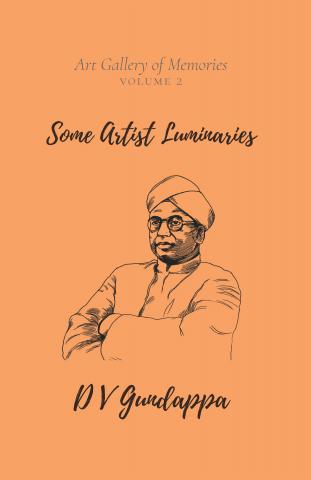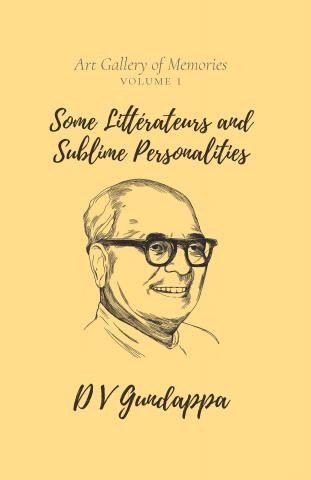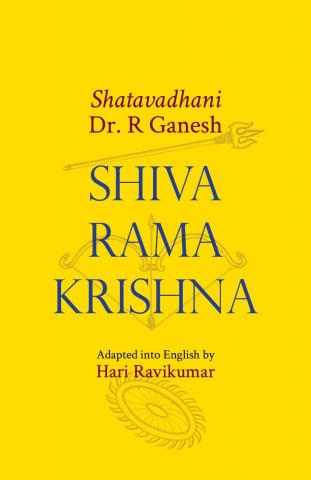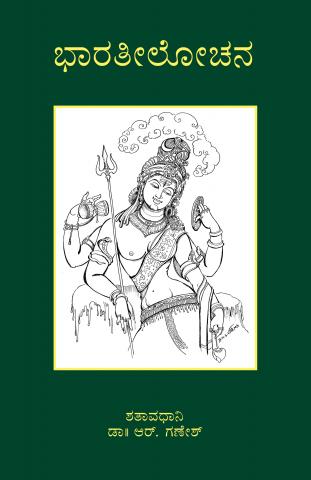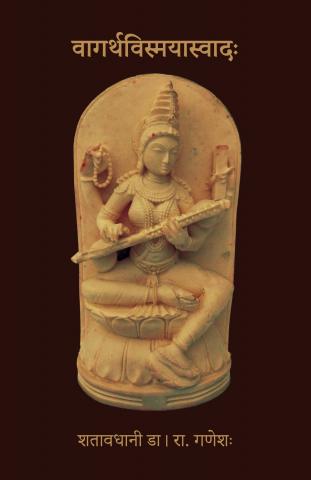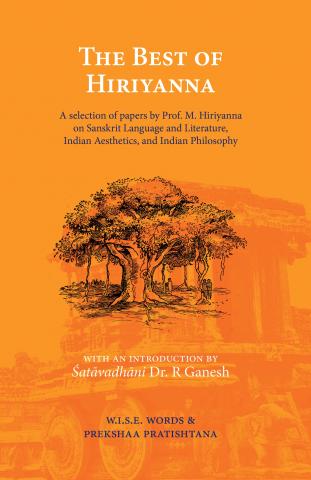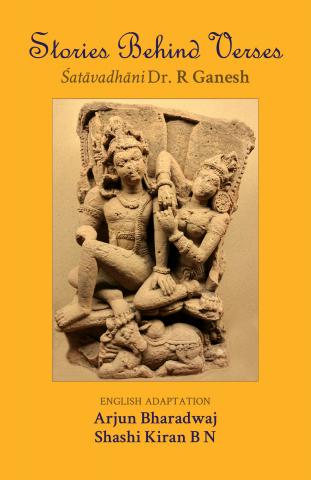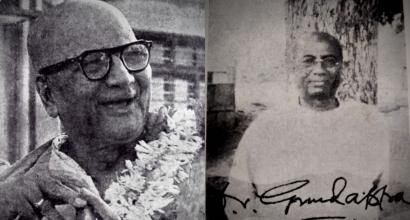The Raichur Conference
Panje Mangesha Rao was the president of the Kannada literary conference that was conducted in Raichur. Although a formal invitation from the town of Raichur was received by the Kannada Sahitya Parishad, the members of the Parishad feared that there would be a difference in opinions of the members of the Welcome Committee and they were afraid that it may negatively affect the conference. However, Kurupadu S Gundappa, a high official in the Department of Agriculture of the Hyderabad Government, urged the officials of the Parishad to go ahead fearlessly. He previously held a high post in the Department of Agriculture in the Mysore Government. Based on his reassurance, the volunteers of the Parishad went to Raichur and stayed in a new building on the outskirts. Everyone was apprehensive; they feared that one of the groups of the Welcome Committee in Raichur may object to the conference and start a demonstration against it. To overcome this fear, they met the Divisional Commissioner, Jang Bahadur Saheb and obtained his encouragement and assurance. In spite of that, our fears weren’t eliminated. We doubted that the rowdy elements of the city may cause disturbances. On the opening day of the conference, it is a usual practice to take the president to the conference stage in a procession. That day, it was decided that we would take the president, Panje Mangesha Rao, in a procession from the house where we were staying to the Rāmaṭaṅki School where the conference was to be held. We planned to leave in the evening at around four. Half an hour prior to that I went to Magesh Rao’s room to alert him and hurry him up. “What, you aren’t ready yet? You aren’t wearing the traditional dress for the procession! The commissioner Jang Bahadur has sent his own car. It is a red-coloured Maxwell car – really grand – it’s waiting. Your dress should be appropriate for that!” When I was saying all these things, Benegal Rama Rao was also in the room. Mangesha Rao listened to me and said with a smile, “Why are you getting restless? I have the right person to remove my nakedness and dress me up. She is extremely smart. I have kept a woman from a distinguished household…” Saying this with a grin, he was signalling towards his back, with his eyes. There was Benegal Rama Rao, who became indignant. He began muttering, “Shameless blackguard! Because of some desperation, the parents of girls are forced to give their daughters in marriage to such people!” and so on. Benegal Rama Rao’s younger sister was Mangesha Rao’s wife. This was quite a humorous incident. While Rama Rao was berating him as ‘shameless,’ ‘blackguard,’ and so on, Mangesha Rao’s loud laughter filled the entire house. The procession that evening was enjoyable. Police constables were stationed every ten to fifteen yards. People had flocked the roads. Everyone was happy. On the eve of the last day of the conference, Panje’s last words were touching and memorable, “When my time comes, in the end, along with the words ‘Krishna! Krishna!’ may I also utter ‘Kannada! Kannada!’ That is my wish.”
The Jamakhaṇḍi Conference
In the Jamakhaṇḍi Conference, a young poets’ meet was organized. Many young poets read out their poems. One of them, named Holla, recited a song about a coconut seller. It was lovely. There was another youngster by name Manvi Narasinga Rao. He must have been around twenty. He was an extremely polite boy. His demeanour expressed his politeness. It appeared to say, “Oh God! Why did you have me born?” He had written and brought an exquisite poem. As a preface to his recitation, he apologised for his impudence. He said, “I’m quite doubtful if what I have brought here can be deemed as poetry. Please excuse me!” and many such things before finally reading out his poem. The audience thoroughly enjoyed listening to his poetry. Their happy expressions seemed to say, “Such a fine boy we have amongst us!” As Narasinga Rao was folding his papers after reciting the last lines of his poem, Panje Mangesha Rao jumped up from his chair, rushed towards him, and with a ferocious expression said, “Who is it that said this is not poetry? They are fools!” He said this with an angry expression gesticulating as if he were poking their faces. Narasinga Rao was dumbstruck. All of us who were witness to this drama were laughing heartily. Narasinga Rao could get the humour only after a couple of minutes. Mangesha Rao hugged and lifted him affectionately.
In his later years, Panje Mangesha Rao would often fall sick. Mysore University had given the responsibility of editing the ‘Bhārata of Gadag’ (i.e. the Karnāṭa Bhārata Kathamañjarī of Kumāravyāsa). We were all delighted to know about this. By the time the editing was complete and he had to write a preface for the work, he had come to Mysore to refer to a few ancient works. He had stayed there for a couple of weeks. On one of those evenings, we were sitting on a stone bench in the spacious garden outside the District Office and were engaged in conversation. At that time a friend came by. Having seen Panje, he exclaimed with joy – Friend: When did you come? Panje: It’s been three or four days. Friend: I wonder what work brings you here… Panje: I came here for a change, just to kill boredom Friend: Has your wife accompanied you? Panje: I told you, I came here to kill boredom! The friend realized his folly and joined us in laughter. Panje was such a person of fine taste. Along with that, he was generous. He had a large family. Their house always had several guests who were looked after well. He had gentleness and softness in all aspects. These are his attributes.
This is the second part of a two-part English translation of the nineteenth chapter of D V Gundappa’s Jnapakachitrashaale (Volume 3) – Sahityopasakaru. Thanks to Śatāvadhāni Dr. R Ganesh for reviewing the translation and offering valuable suggestions. Edited by Hari Ravikumar.




